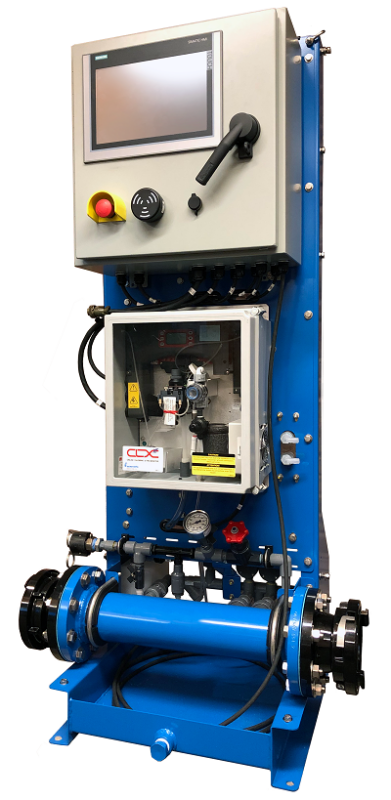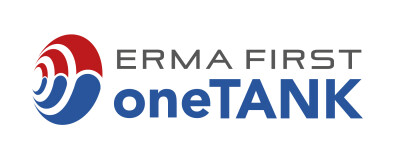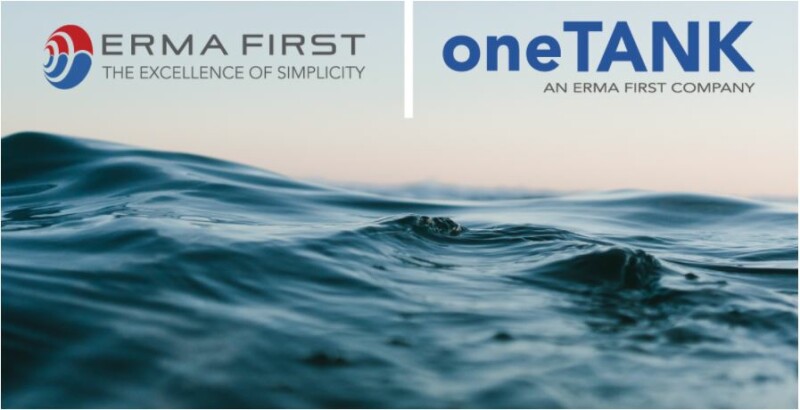Earlier this year leading ballast water treatment system manufacturer ERMA FIRST acquired oneTANK, a subsidiary of US naval architecture and marine engineering firm Glosten. oneTANK has developed a small scale innovative, low-cost, IMO Revised G8 Code and United States Coast Guard compliant system, which is based on a patented mixing technology developed by the U.S. Geological Survey.
The oneTANK system is a game-changer for smaller vessels struggling to comply with stringent ballast water regulations.
It is a simple, low cost and fully automated offering. This makes it ideal for smaller vessels - such as workboats tugboats, semi-subs, fishing boats and superyachts - that don’t ballast regularly and often have space restrictions.
The fitting is fast, flexible and economical.
We work with operators to identify one or two pairs of ballast tanks for treatment. On the occasion that they need to discharge, the ballast is transferred to treatment tanks. oneTANK works its magic and then the water is ready for discharge.
oneTANK isn't just designed for small vessels, though. It's a fully scalable technology and can also run alongside cargo ballast tank systems onboard large ships. oneTank is an ideal fit for aftpeak tanks that are isolated and not easily accessible by a tankship’s primary ballast water treatment system. oneTank allows for aftpeak tank treatment with a dedicated, compact, easy to install, and easy to operate system.

Simplicity First
Usability and simplicity as at the heart of the oneTANK solution. The technology uses chemical in-tank treatment and nozzle mixing, which means there is no need for filters, backflush pumps, UV lamps, clean-in-place units, hydrogen gas safety and venting. There are no transformers, rectifiers, flow meters, and no control valves. oneTANK really is ballast treatment simplified.
Crucially, for the work boat sector its footprint is only 600mm x 600mm. That's half the size of its nearest competitor. Power consumption is similar to that of a household washing machine and, with low-running costs and fully regulatory compliance, oneTANK provides a ballast water management solution which works in all water qualities and salinities.
The system uses an 8.25% or 12.5% sodium hypochlorite (bleach) and 30% sodium thiosulfate solution – readily available chemicals that can be purchased from suppliers globally.
Ballast water is circulated through oneTANK and bleach is applied. The mixing nozzles distribute the bleach and disinfect the ballast tank. If oneTANK detects severe water quality, it automatically performs a second treatment dose. This ensures compliant disinfection in all salinities and even the worst water qualities. When you're ready, oneTANK mixes in the neutraliser and verifies 'ballast tank ready for discharge'. The crew can now discharge ballast on their schedule.
A 20-litre container of 12.5% bleach will treat approximately 288 cubic meters of ballast water. And, for larger vessels, oneTANK can treat tanks as large as 4,000 cubic meters.
Seawater is automatically treated by applying and mixing the bulk chemicals in-tank, allowing users to treat on their own schedules, avoiding busy in-port times.
One environment in mind
oneTANK been tested to demonstrate removal of viable aquatic invasive species, it also ensures that residual chemical levels are environmentally friendly. There are two environmental concerns associated with the use of any chemicals in treating ballast water: active substance and disinfection by-products.
The technology has undertaken significant testing for disinfection by-products in accordance with guidance from the International Maritime Organization. This data was assessed and reported to the IMO’s scientific body (GESAMP) by DNV as the Independent Laboratory. GESAMP found that the technology did not form excessive disinfection by-products.
A small, simple system is also a sustainable system. oneTANK uses no exotic materials, no filtration, no transformers or rectifiers. It uses little steel and weighs only 216 kg, meaning that its shipping footprint is low. Its operating costs are low thanks to its modest energy consumption. Low power means fewer integration points and reduced cabling.




.JPG.small.400x400.jpg)

